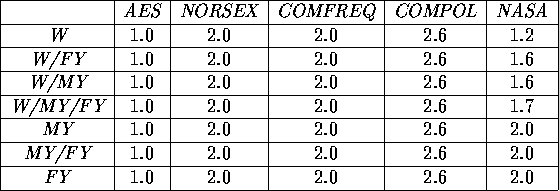
Table 8 Standard deviation on total ice concentration caused by a Gaussian distributed noise signal with a 0.6K standard deviation (in %)
The SSM/I radiometer has a sensitivity on the measured brightness temperatures of about 0.6K (see e.g. [Hollinger et al., 1990]). The effect of this finite sensitivity has been analyzed by adding a Gaussian distributed noise signal with a standard deviation of 0.6K to the input brightness temperatures.
The mean brightness temperatures in the two-month period have been calculated
for the 4 channels and the 7 areas.
These temperatures have been used as input to represent a noise-free
measurement.
The Gaussian noise has been added to the input signals, and the ice concentration
and the multi-year ice fraction have been calculated.
The standard deviation on the output after e.g. 10000 loops of each algorithm is then
entirely caused by the added noise signal.
For the total ice concentration, the standard deviation is shown in Table
8.

Table 8 Standard deviation on total ice concentration caused by a Gaussian
distributed noise signal with a 0.6K standard deviation (in %)
It shows, that all algorithms except NASA have the same standard deviation
for all areas.
This is due to the linear relation between the brightness temperatures and the
ice concentration.
The random number generator in the programs generates the same sequence at each
program execution, and therefore all areas have the same standard deviation in these
algorithms.
It is seen, that the COMPOL algorithm is the most sensitive to measurement noise,
with a standard deviation on the total ice concentration on 2.6% caused by the
SSM/I microwave radiometer sensitivity of 0.6K. The least sensitive is the AES
algorithm. In [Pedersen., 1991, p. 99-101]
it is shown, that the distance between the tiepoints are related to the sensitivity
to measurement noise. This can also be seen in Table
8, where the least sensitive AES algorithm uses the 19H channel, which has
a low radiance from open water (Table 1
), and hence a large distance between the tiepoints. Also the NASA algorithm
uses the 19H channel, and this is the second least sensitive algorithm to measurement
noise.
For the multi-year ice fraction, the standard deviation is shown in Table 9.

Table 9 Standard deviation on the multi-year ice fraction caused by a Gaussian
distributed noise signal with a 0.6K standard deviation (in %)
It shows, that the standard deviation of the multi-year ice fraction now differs for the different areas (because of the non-linear relation between brightness temperature and multi-year ice fraction). The NASA algorithm now gives the biggest standard deviation on the multi-year ice fraction when noise is added to the input, whereas the AES algorithm still is the least sensitive. The other three algorithms are about equally sensitive to the measurement noise on the multi-year ice fraction. Generally, the standard deviation is smallest in areas with a complete ice coverage. This is because the fluctuations in ice concentration will have less influence on the multi-year ice fraction when the ice concentration is high.
Tim Flintholm Fink<tff@emi.dtu.dk>